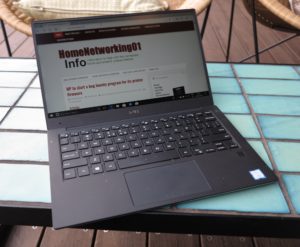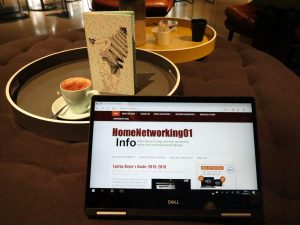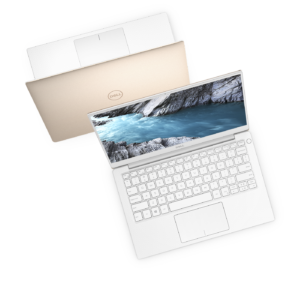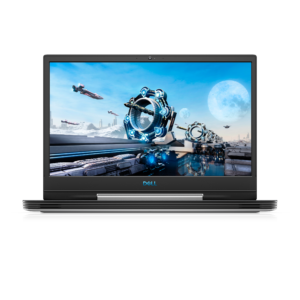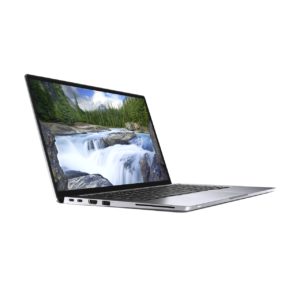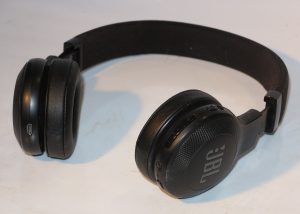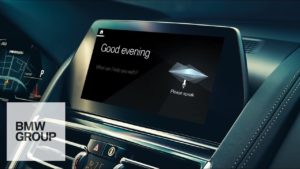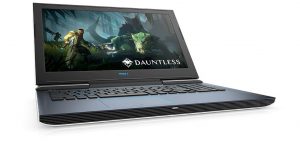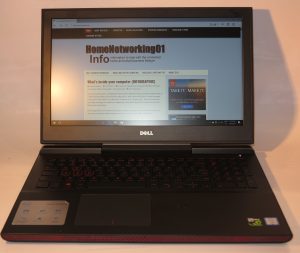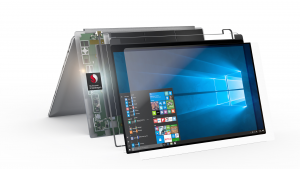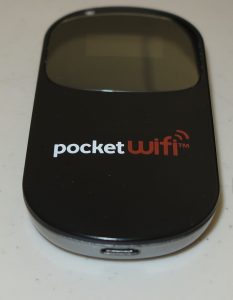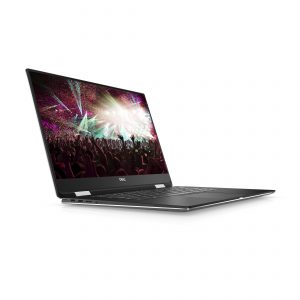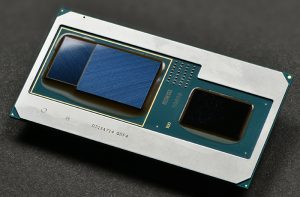Lenovo starts the Thinkbook line of small-business laptops
Articles
Lenovo’s new ThinkBook line offers ThinkPad-level features at a lower price point | The Verge
Lenovo’s new ThinkBook laptop line is built for slimness and security | Engadget
Lenovo launches less-expensive ThinkBook laptops | CNet
From the horse’s mouth
Lenovo
Thinkbook Series (product page)
Meet the New ThinkBook: Built for Business, Designed for Generation Next (Press Release)
Product Tour Video – Click or tap to play
My Comments
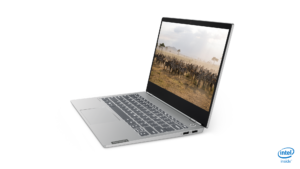
Lenovo ThinkBook 13s small-business notebook computer
HP and Dell have, for a long time, created a separate range of regular computers that stand between the consumer-class and enterprise-class product lineups. These product lineups known as ProBook in the case of HP or Vostro in the case of Dell were effectively targeted at small-to-medium business / community-organisation users or self-employed / freelance professionals.
Lenovo, Acer and some other computer manufacturers didn’t target this kind of user class effectively with a product lineup that answered their particular needs without adding to much extra functionality. Typically, the computers offered by these manufacturers wore the lower-tier models of the enterprise product range or the premium consumer products in their product lineup.
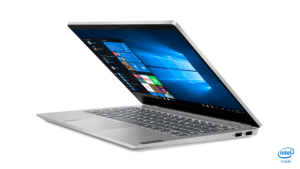
Lenovo ThinkBook 14s small-business notebook computer
But Lenovo have answered the small-to-medium-size organisation’s or freelancer’s needs by launching the ThinkBook product lineup targeted at these user classes. Here, they removed all the extra management features associated with enterprise-class computers, added the kind of multimedia features associated with consumer-grade products and presented them with a stylish look.
This satisfies the reality that this user class doesn’t run or contract an IT management and support team. Rather they have their solutions provider or an independent computer store provide the necessary after-sales support.
Similarly, this user class tends to work these computers as a “work-home” computer system which has to perform well in an all-round multimedia context as well as looking stylish for the home. It includes the fact that a significant amount of the small/medium business or freelance / self-employed user class places emphasis on doing at least some of their work from home.
Lenovo answered this situation by integrating an essential subset of security features in the form of a discrete TPM security chip along with a fingerprint reader that is integrated in the computer’s power switch. These work together to provide authentication for local or Web resources according the the “open-frame” FIDO2 standards. The camera also supports the end-user’s privacy through the use of a mechanical shutter over the lens that the user can slide back when they want to use the camera with Lenovo marketing it as the ThinkShutter.
There is also the business-class durability associated with the ThinkPad business product range built in to the new ThinkBook product range. This means that the small-organisation or freelancer user isn’t treated as a second-class citizen in this respect.
But the ThinkBook 13s and 14s which are clamshell laptops implement multimedia features like Dolby Audio and Harman sound tuning for the sound output and Dolby Vision colour management for the Full HD display. Both these laptops were also designed to have the stylish looks and are finished in a sliver housing rather than a black or charcoal-grey housing associated with business-grade computer equipment.
The ThinkBook 13s (13” screen) has the integrated Intel UHD 620 graphics whereas the ThinkBook 14s (14” screen) has AMD Radeon discrete graphics with AMD Dynamic Switchable Graphics operation. Both of them support Bluetooth 5.2 and Wi-Fi 5 (802.11ac) dual-stream for wireless operation along with a USB-C port and one of the two standard USB 3 ports supporting “Plug and Charge” operation when the computer is closed up.
The keyboard layout will be similar to most laptops on the market and it will use a normal touchpad and not have the IBM/Lenovo thumbstick associated with the ThinkPad. There are dedicated function keys for managing voice / video calls with Skype or other softphone / videophone software that responds to standard call-control function keys.
The ThinkBook laptop range are expected to appear at least in the North-American market by the end of May. But I would see this as a chance for Lenovo to build out a regular-computer product range dedicated to the small organisations and self-employed or freelancing professionals of this world.
It will also be a chance for more of the computer vendors to build up and identify out their “prosumer” products that fill the gap between consumer-focused and business-focused or professional-focused markets. This is through practices like designing products with the essential security, durability and reliability features but presented in a stylish form and capable of satisfying multimedia work and play activity.

